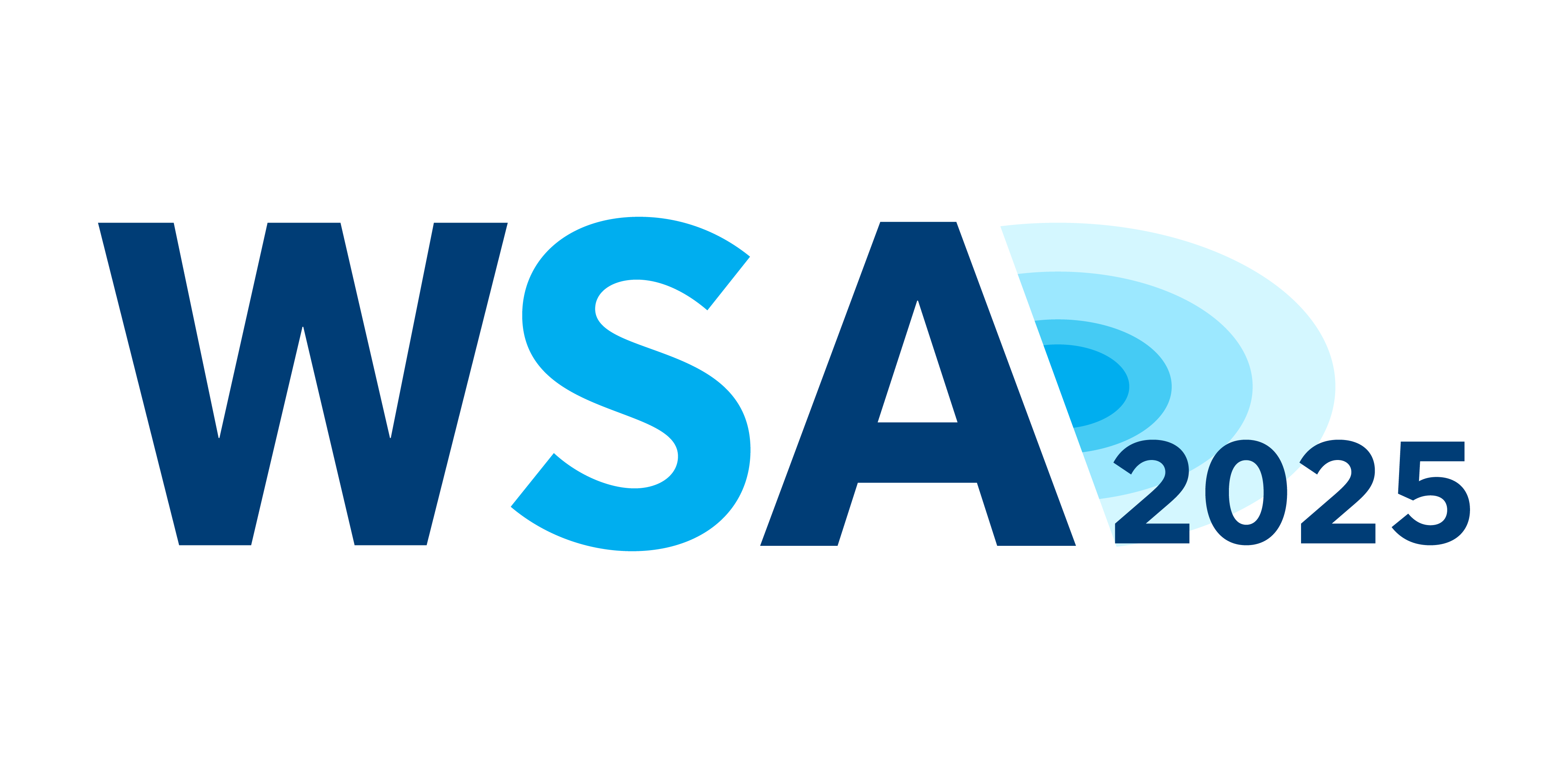Trends in modern wireless communications, including the use of massive MIMO and millimeter wave frequencies, have supported an increased deployment of electrically large antennas. This created technical and economic challenges as many tests require a far-field condition.
The session provides an overview of the recent findings in defining the shortest possible far-field test distance, depending on the size of the device under test and its operation frequency.
Beyond, we will look at real world conditions like varying ambient temperatures as well as how to identify faulty phased array elements in an efficient way.
Antennas are not operated in an open field but often mounted in a larger system. Simulations can give access to electromagnetic fields in practically any scenario. Yet, simulations are only as good as the knowledge of the very details of the radiation source.
We will discuss how we can bring measurements and simulation together using digital twins. In the last part of the session, we will discuss a possibility to identify faulty elements in a phased array antenna system.

Trends in modern wireless communications, including the use of massive MIMO and millimeter wave frequencies, have supported an increased deployment of electrically large antennas. This created technical and economic challenges as many tests require a far-field condition.
The session provides an overview of the recent findings in defining the shortest possible far-field test distance, depending on the size of the device under test and its operation frequency.
Beyond, we will look at real world conditions like varying ambient temperatures as well as how to identify faulty phased array elements in an efficient way.
Antennas are not operated in an open field but often mounted in a larger system. Simulations can give access to electromagnetic fields in practically any scenario. Yet, simulations are only as good as the knowledge of the very details of the radiation source.
We will discuss how we can bring measurements and simulation together using digital twins. In the last part of the session, we will discuss a possibility to identify faulty elements in a phased array antenna system.